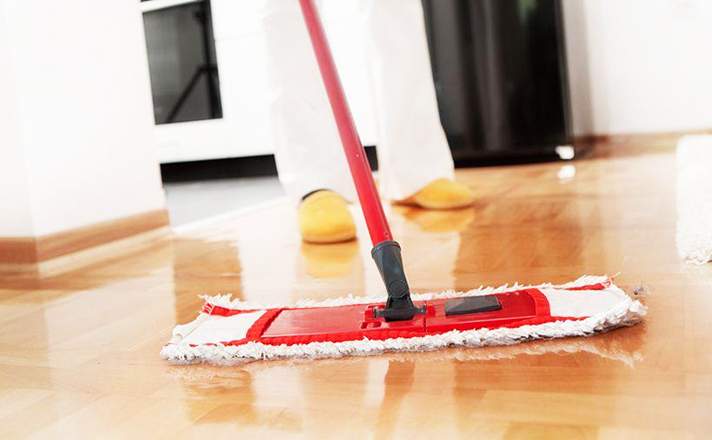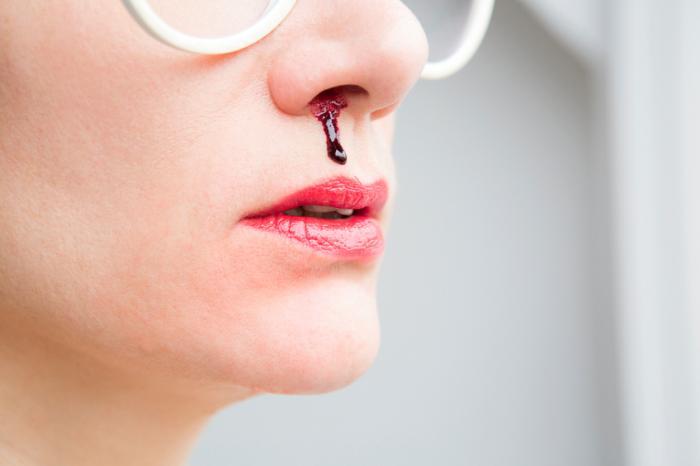Nosebleed or epistaxis refers to the bleeding from the nostril, nasopharynx, or nasal cavity. Usually, bleeding takes place from only one nostril; however, massive or heavy bleeding can also fill up the affected nostril and go into the nasopharynx, the nasal section where the two nostrils meet.
Causes and Epidemiology
While trauma is seen as a primary cause of nose bleed, epistaxis may have multiple causes. According to Healthline, these include broken or cracked nose, presence of a foreign body in the nose, allergic rhinitis, high blood pressure, common colds, anatomical deformity like a deviated nasal septum, and thrombocytopenia or low platelet count.
According to Patient Info, nose bleed is highly common and many people will have had a t least one nosebleed episode, mainly due to trauma, in their lifespan. As per the publication, the actual epistaxis incidence in the juvenile population remains unknown, since a small fraction of the population seek medical care that the adults.
In terms of age, nosebleed episodes usually peak at ages two to ten and 50 to 80 years, with both genders equally affected. Also, children who have migraine often have higher rates of epistaxis recurrence than children without the condition.
Signs and Symptoms
As the name implies, bleeding in the nose is the primary symptom of nosebleed or epistaxis. According to Web MD, the blood can also fill up the nostril on the affected side and overflow within the nasopharynx. Then, it may also spill into the other nostril, which causes bleeding in both sides. Blood can also descend to the throat or down into the stomach, which then leads a person to spit or vomit blood.
As per the publication, dizziness, confusion, light-headedness, and fainting are also signs of excessive blood. These can be accompanied by other signs of bleeding, such as gum bleeding when brushing teeth, easy bruising, and bleeding in urine and stools. Among the aforementioned, easy bruising is the most indicative of a medical problem.
Home Remedies
Nosebleed or epistaxis can be controlled at home. According to the American Rhinologic Society, direct pressure stands as an effective way to stop the bleeding. This is done by applying pressure to the front of the nose. While nasal decongestants like neosynephrine and oxymetazoline are available as treatment options for nosebleed, a person can also use vaseline or ointment to the front of the nose with a Q-tip daily to moisturize and reduce the chances of nose bleeding secondary to dryness.
Common nosebleed can also be stopped via positioning. According to Medicine Net, the person lens forward slightly with his head titled forward. The rationale is that leaning back or tilting the head back allows the blood to go back into the throat and sinus, which may cause gagging or inhaling of blood. Sometimes, blood may also go to the lungs. As an alternative, the person should also spit out any blood that may gather in the throat and mouth. This is to prevent vomiting, diarrhea, and nausea when swallowed. Also, the person should gently blow the blood clots out of the nose; although, the condition may become worse when it is done.
Saline spray is also an answer to epistaxis. According to Cleveland Clinic, the person may apply saline nose drops two to three times a day in each nostril. One can make the saline solution at home by mixing a teaspoon of salt into a quart of tap of water and is then boiled for 20 minutes. Then, it is cooled until lukewarm.
Nosebleed is not as serious as tuberculosis. However, proper management should be done to relieve the condition and to negative probable complications. Also, it is vital to seek medical care and consult from health professionals if the episode happened for the first time or if it happens often. This is to ensure that it is not caused by an existing medical condition.
Source: medicalnewstoday.com








